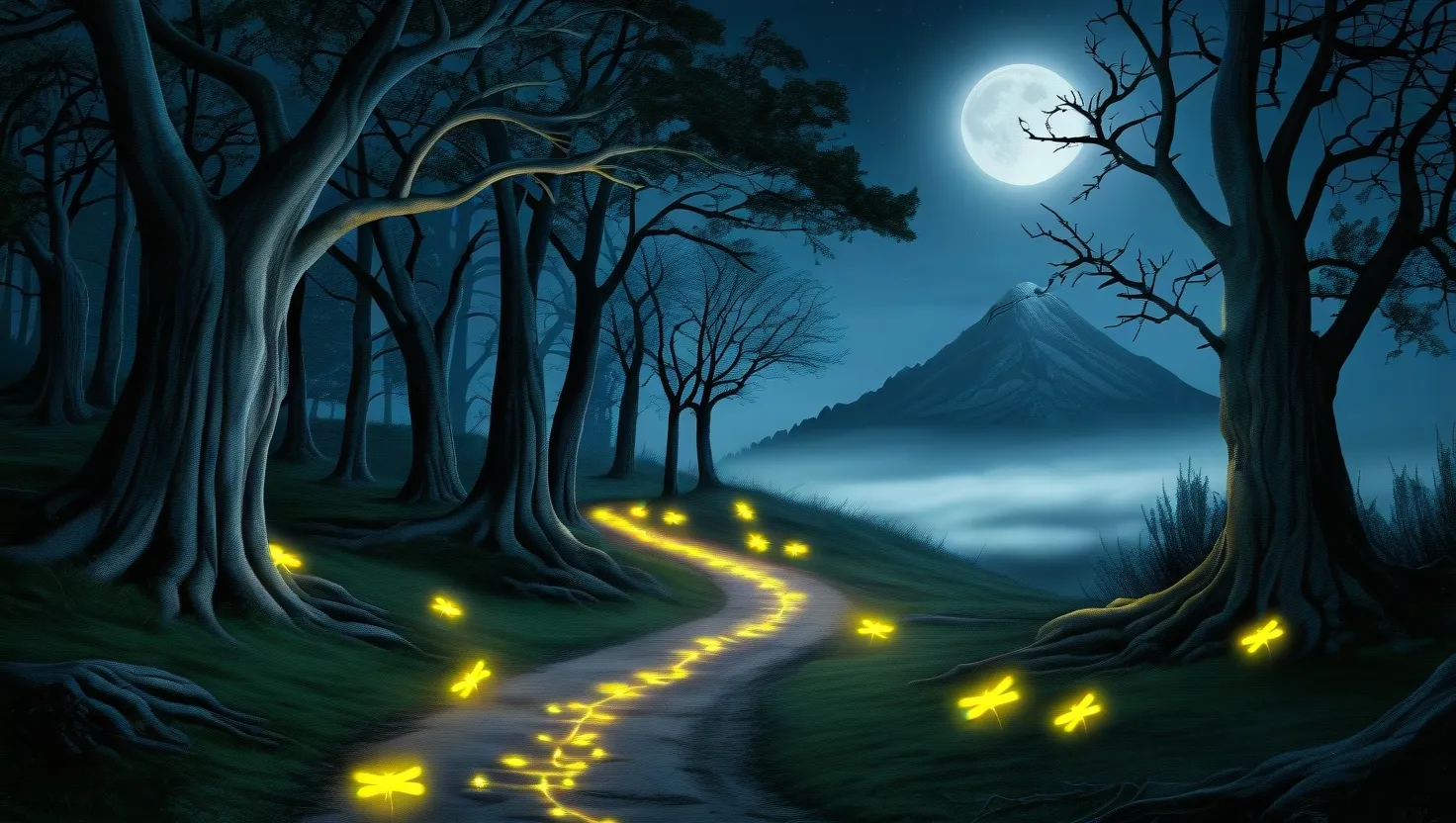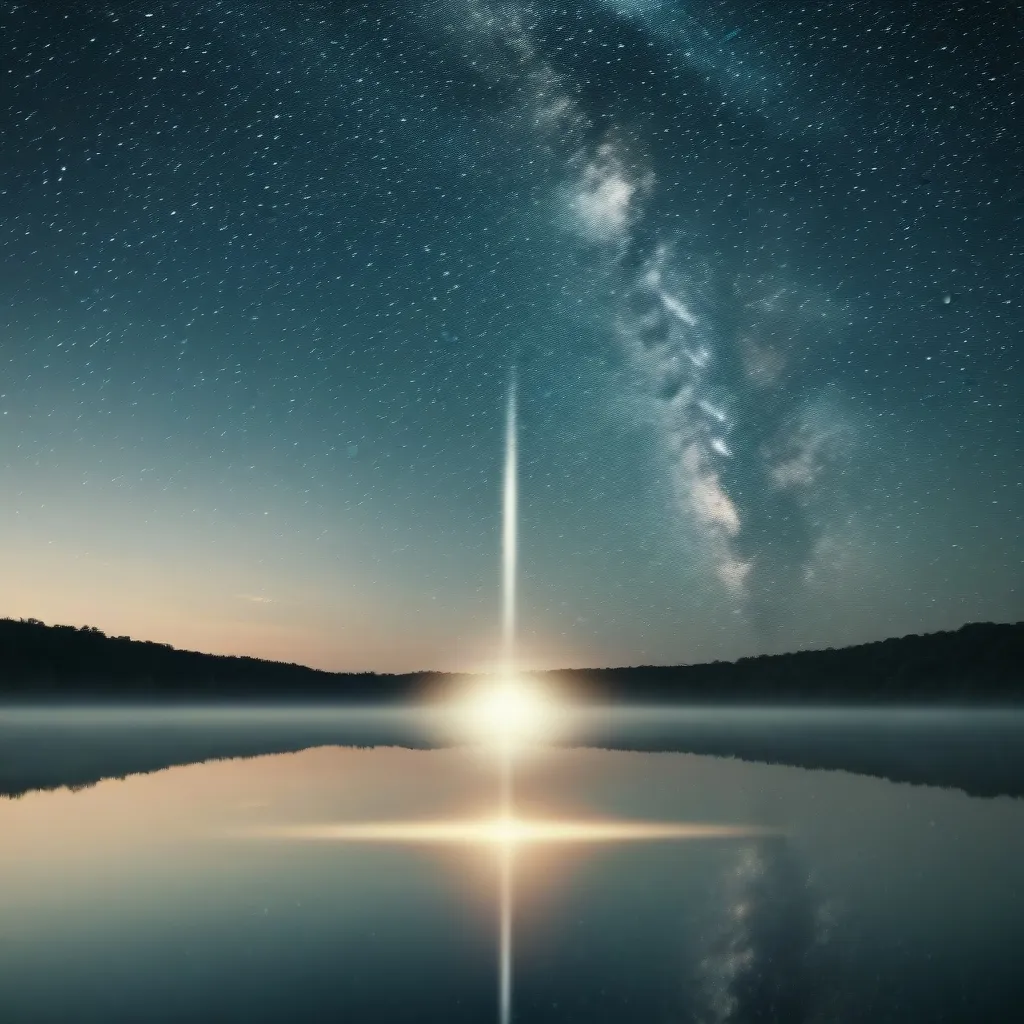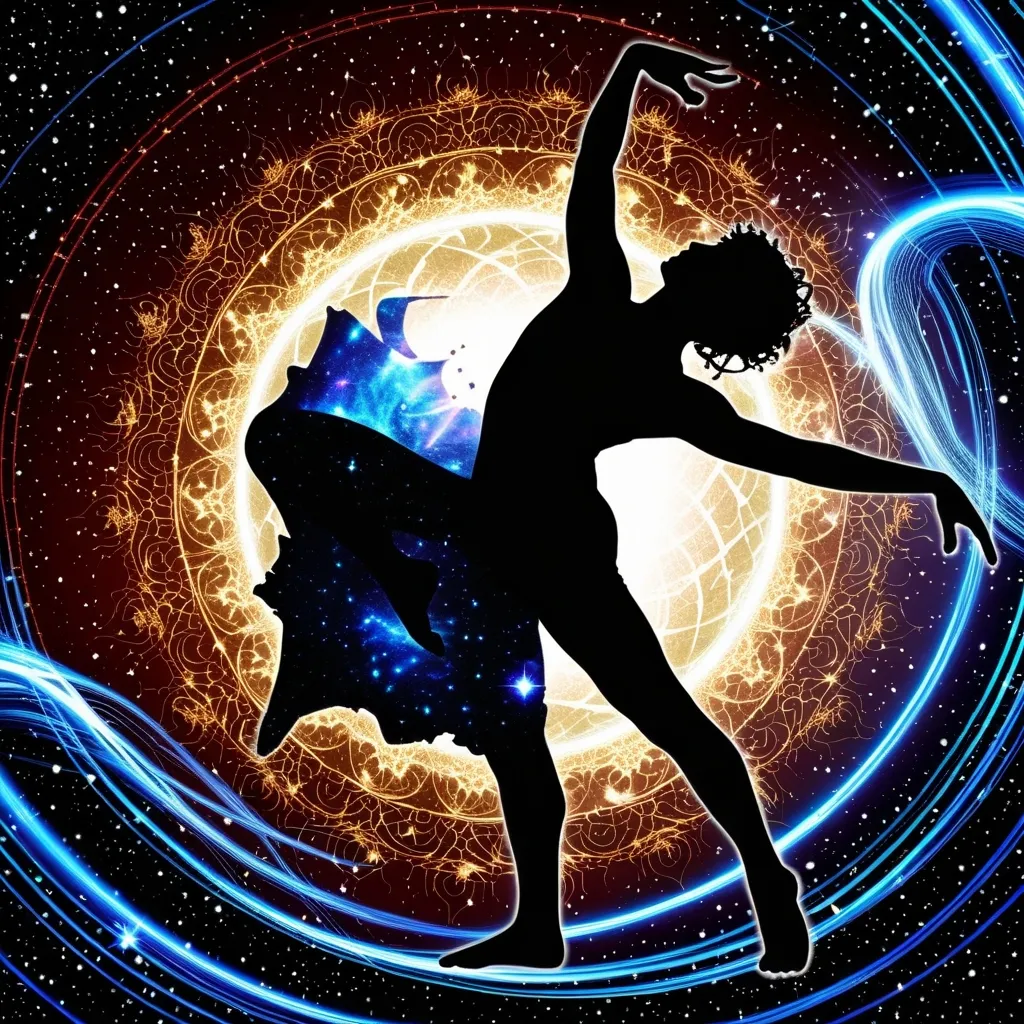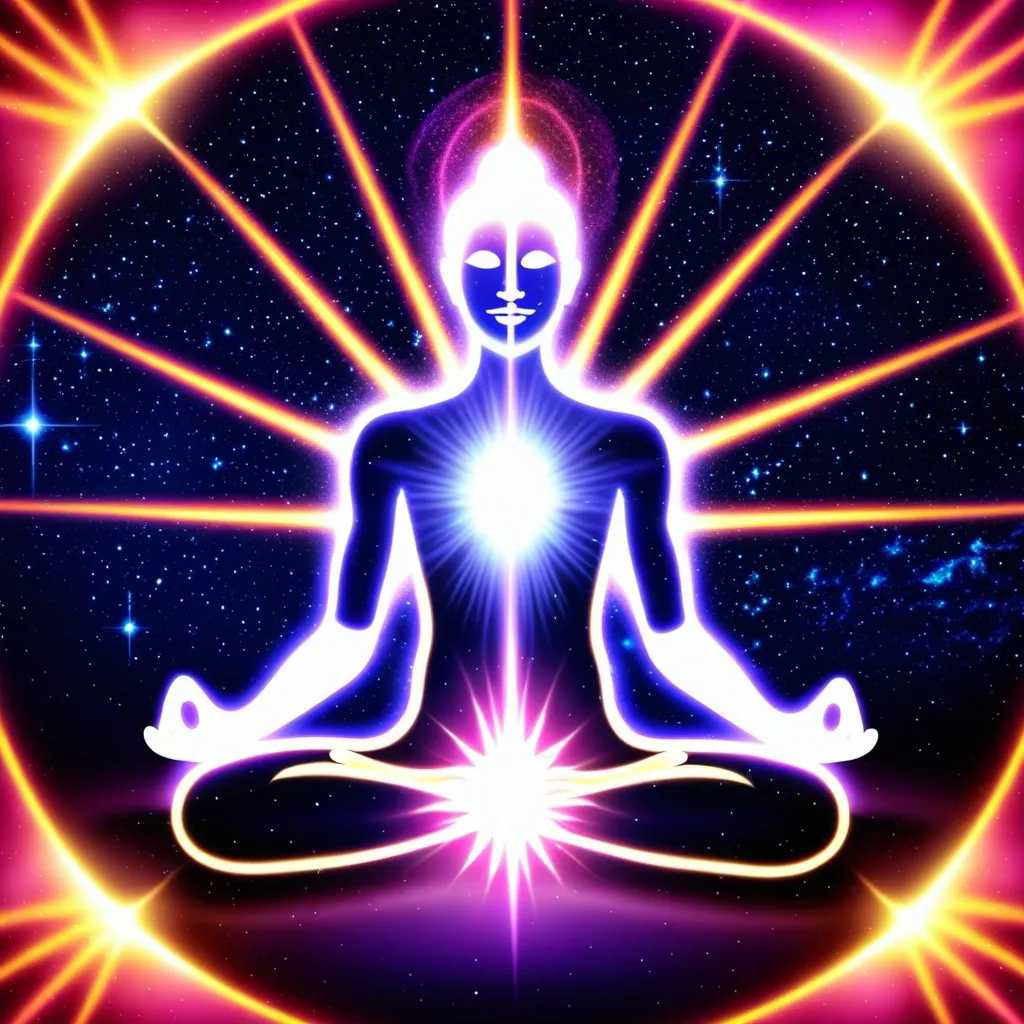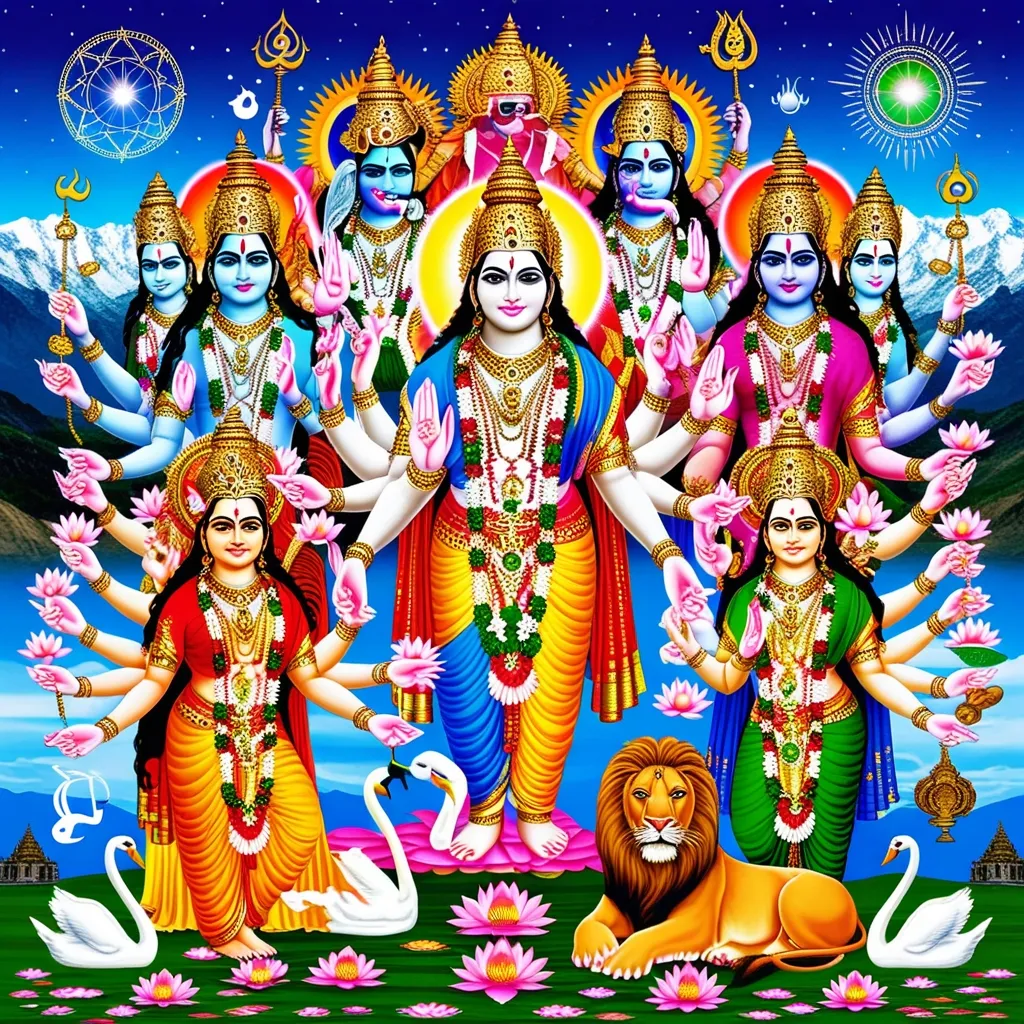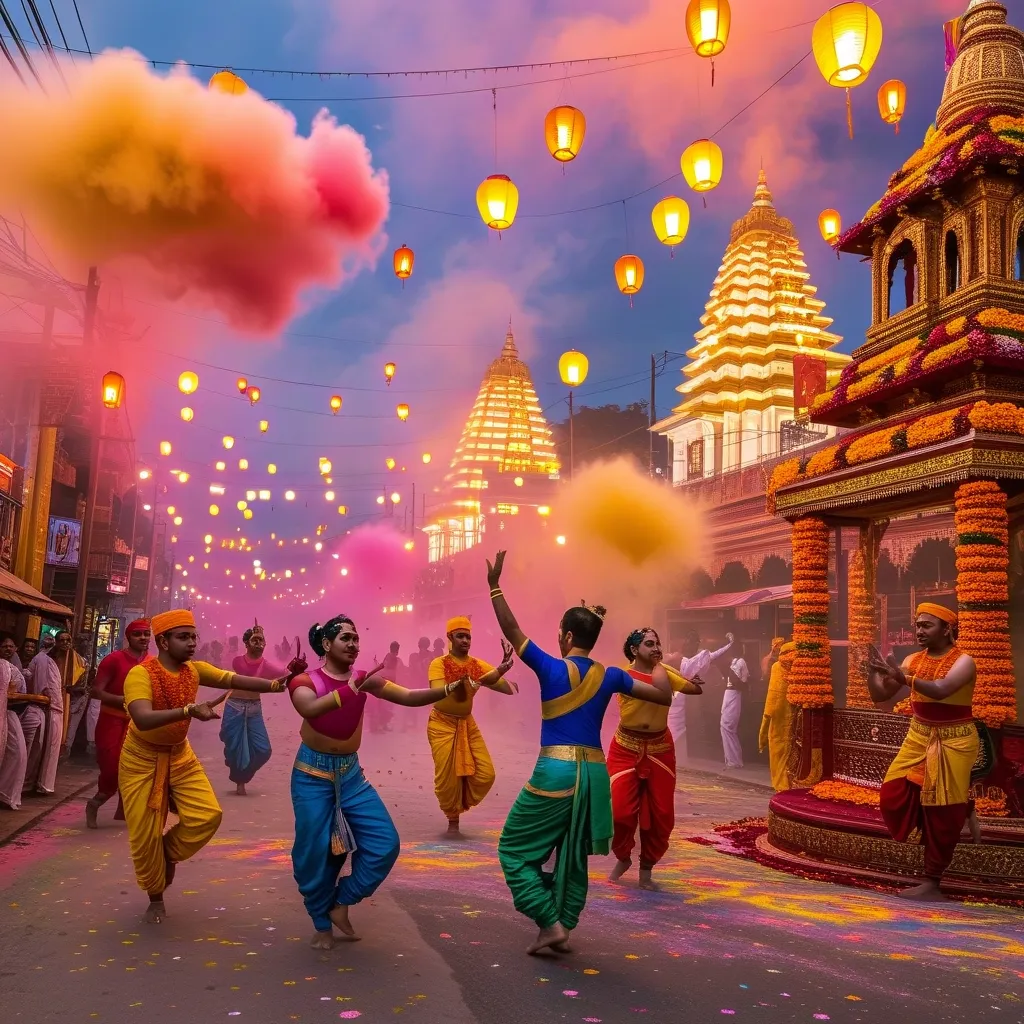In the vast and intricate landscape of Hinduism, there exists a lesser-known yet profoundly impactful school of thought within Kashmiri Shaivism, known as Krama. This unique philosophy offers a sequential and dynamic approach to understanding the cosmos, consciousness, and the journey of spiritual awakening.
To begin with, the term “Krama” translates to “step” or “sequence,” reflecting the core idea that existence is a rhythmic and sequential manifestation of cosmic energy. This concept is deeply rooted in ancient tantric texts and was refined by the sages of Kashmir. At its heart, Krama is a synthesis of Śaiva philosophy, Śākta esotericism, and Tāntric concepts, creating a rich tapestry of spiritual and philosophical thought.
One of the most distinctive aspects of Krama is its worship of the goddess Kālī, not in the form popularly known today, but as the all-encompassing Highest Divinity. Here, Kālī is seen as the Radiant Void, the Ground of Being, and the unsurpassable, timeless Consciousness. The adherents of Krama view Kālī as the central deity in a sequence of deity circles, or cakras, which embody successive phases of her operation in the cosmic process. These phases are contemplated as non-different from the practitioner’s own cyclical flow of awareness.
Krama is often described as the most radical, transgressive, and feminine-oriented of all the sects within Shaivism and Tantra. It emerged in regions such as Uḍḍiyāna (Swat) and Kashmir before the ninth century and exerted a significant influence on other traditions like Trika and Śrīvidyā. The rituals and practices of Krama are characterized by their wild and often theriomorphic deities, placing them within the Kāpālika culture of cremation grounds.
The Krama system is built around the concept of successive realization, particularly concerned with space and time. Here, the cosmos is seen as a dynamic play of consciousness, unfolding in a harmonious sequence. This sequence is embodied in the twelve Kalis, each representing different aspects of cosmic energy and awareness. These Kalis are not just deities but phases of the divine consciousness that the practitioner must contemplate and merge with.
A key feature of Krama is its emphasis on the progressive refinement of Vikalpas, or logical thought constructions. This process is aimed at achieving a synthesis of Bhoga (enjoyment) and Mokṣa (liberation), a unique Tāntric ideal known as Bhoga-Mokṣa-sāmarasya. In this system, each step of self-realization is given equal emphasis, leading to a profound embodiment of spirituality.
The rituals of Krama are designed to induce a liberating intrinsicism through the assimilative worship of Kālī. This involves a deep internalization of the goddess, where the practitioner realizes Kālī as the true Self. The concept of possession, common in Kāpālika rites, evolves into an enlightenment where social individuality is displaced by the radiant expansion of Kālī from within. This is an impersonal, value-free, and infinite power of consciousness that projects and resorbs the universe within itself.
Krama also modifies the traditional five functions of the Absolute—Srsti (creation), Sthiti (maintenance), Saṃhāra (destruction), Tirodhāna (concealment), and Anugraha (grace)—by terming the last two functions as Anākhya and Bhāsa. This unique interpretation highlights the complex and nuanced nature of Krama’s metaphysical framework.
The influence of Krama can be seen in its fusion with other traditions, particularly the Trika lineage in Kashmir. The theology of Abhinavagupta, a prominent figure in Kashmiri Shaivism, essentially propagated an esoteric Kaula Trika with a Krama core. This fusion enriched the philosophical and ritual practices, making them more sophisticated and subtle.
In practical terms, the Krama system offers a profound way to understand the nature of time and the stages of spiritual growth. It views time not as a linear progression but as a cyclical flow of awareness, where each moment is a step in the sequence of cosmic manifestation. This perspective encourages practitioners to see their own spiritual journey as part of this larger cosmic rhythm.
For those seeking higher consciousness or simply curious about different approaches to understanding reality, Krama provides a unique lens. It invites us to perceive reality as a dynamic play of consciousness, where every experience is an expression of the divine. By exploring Krama, we gain fresh insights into the intricate dance between individual consciousness and universal awareness.
In essence, Krama is more than just a philosophical system; it is a way of life that integrates spiritual thought with ritual practice. It challenges us to transcend conventional boundaries and embrace the paradoxes of existence, seeing them as part of a larger, harmonious sequence. As we delve into the world of Krama, we are not just learning about an ancient tradition; we are uncovering new rhythms in our own quest for cosmic knowledge and spiritual growth.
